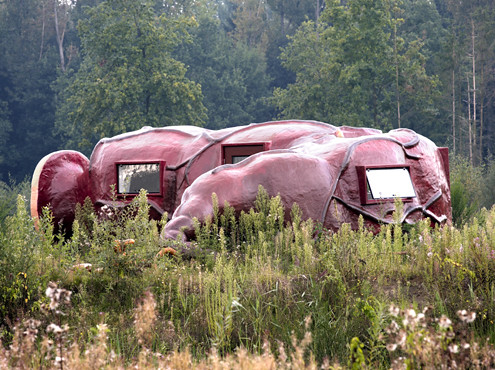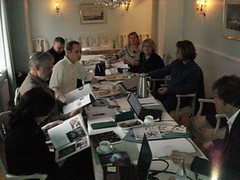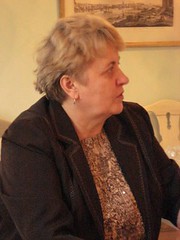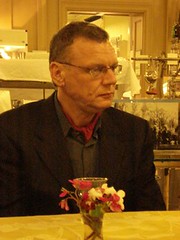Ethics looms large in the museum world. For example, the International Council of Museums (ICOM) has an elaborate Code of Ethics which is translated into many languages and distributed to all its members.
The latest addition to the field of museum ethics is an Institute of Museum Ethics (IME) at Seton Hall University, NJ. Its mission is:
- to promote accountability, transparency and social responsibility in the museum
- to foreground museum ethics as one of the most pivotal issues to museum professionals in the twenty first century
- to create a physical and virtual community of emerging and practicing museum professionals and museum studies faculty who use our resources to make informed decisions about ethical issues.
Last weekend an inaugural conference was organized “to discuss what we mean by the terms transparency, accountability, and social responsibility”.
Next conference will then probably be about why “museum ethics as one of the most pivotal issues to museum professionals in the twenty first century”.
I’d like to see some arguments for this claim, because I believe it’s an exaggeration. ‘Ethics’ all too easily becomes a discourse about everything. Like when the IME holds that “museum ethics concerns all areas of museum work from governance to education, registration to exhibitions, since ethical dilemmas occur in all departments and each can work for the common good”. In their view, ethics is about “how the museum encourages social understanding and promotes human rights”. In short “museum ethics is about an institution’s relationship with its public(s)”.
Well, if this is the case, then not many museum activities fall outside the domain of ethics. So why not take the name Institute of Museum Studies instead?



 Last week, ten representatives of the major medical historical collections and museums in the
Last week, ten representatives of the major medical historical collections and museums in the  Lisa Mouwitz presented the
Lisa Mouwitz presented the  Maie Toomsalu told us about the collection management, research and outreach activities at the
Maie Toomsalu told us about the collection management, research and outreach activities at the from the
from the  Juris Salaks presented the rich collections and manifold activities of the
Juris Salaks presented the rich collections and manifold activities of the  Ramunas (‘Ray’) Kondratas, formerly curator of medical history at the National Museum of American History (Washington, DC), now retired in Lithuania, gave an overview of the two museums in
Ramunas (‘Ray’) Kondratas, formerly curator of medical history at the National Museum of American History (Washington, DC), now retired in Lithuania, gave an overview of the two museums in 

 The meeting was hosted by Kerstin Hulter Åsberg, County Council of Uppsala, one of the co-founding bodies of the
The meeting was hosted by Kerstin Hulter Åsberg, County Council of Uppsala, one of the co-founding bodies of the